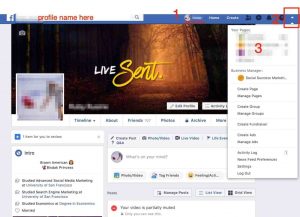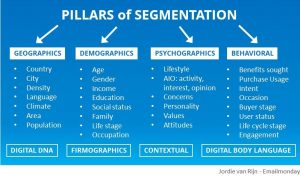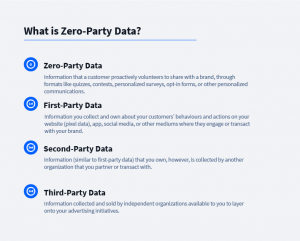Take a moment to think back to what work used to look like. If you’re like many of us, this scene probably comes to mind: suit and ties, gray walls, cubicles, and passive-aggressive bosses.
The working world is changing — from the strict work hours and dress codes of (September 17, 2015) to the flexible work environments and digital work styles of today to the horizontal leadership structures of tomorrow. New technologies and innovations have shaped the modern workplace in more ways than one.
When it comes to attracting and retaining the next generation of workers, you have to embrace these changes with open arms. The office space (pun intended) of (September 17, 2015) just isn’t going to cut it. According to LinkedIn’s New Norms @Work study of 15,000 professionals worldwide, everything from how we communicate to how we present ourselves has changed.
Just as job seekers must mold their professional brand to fit today’s new workplace norms, companies have to do the same with their employer brand. Here are a few ways your organization can embrace today’s workplace norms:
1. Dress for success.
To cater to today’s modern workplace (and workforce), many companies have “loosened the ties” on corporate dress codes. In fact, 88 percent of professionals surveyed in the aforementioned LinkedIn study don’t have to wear a suit or any other form of formal dress to work. For many companies, Casual Friday is now an everyday event. Shane Lamb, SVP of CyberCoders explains here:
“In recent years, with the increase of Millennials in the workforce, there is a much more casual approach to work attire. For the Baby Boomer generation, casual Fridays may have been a novelty; today, many companies embrace the jean and T-shirt approach in tech offices.”
2. Turn up the volume.
As more companies begin to adopt an employee-centered leadership structure, employees are starting to speak up. The LinkedIn study found that 54 percent of employees feel more comfortable challenging their boss now than when they started their careers. What’s more, three in five don’t consider themselves “yes employees,” employees who do as they’re told without question.
Encourage employees to voice what’s on their mind by making them feel safe doing so. Employees who feel like their opinion isn’t welcome or, worse, that they’ll be reprimanded for speaking up, will keep their thoughts and opinions under wraps. But, when it comes to making decisions, two heads are always better than one.
Australia-based Ecetera created a flat organization in order to turn up the volume on employee opinion. In place of the traditional hierarchy we see in large organizations today, Ecetera has leveled the playing field between management and employees by taking down those structural walls.
3. Keep it professional.
From keeping in touch with friends and family to marketing your business to customers and job seekers, social media plays a big role in both our personal and professional lives.
According to the employees surveyed by LinkedIn, one in three said it’s important to keep professional and private social media separate. And, considering social media was named one of the biggest workplace distractions in a recent study by CareerBuilder, that might be a good idea.
How do you keep employees from spending too much time on their personal social media accounts while at work — without banning it completely? There are a number of workplace tools employees can use today to help them stay on task. For instance, Google Chrome extension, StayFocusd increases individual productivity by limiting how much time employees can spend on familiar time-wasting websites.
4. Embrace transparency.
Possibly the most important of all of these workplace norms is transparency. LinkedIn found that one-third of employees would leave a job within a month if they were unhappy. And, with nearly half (47 percent) finding it motivating when colleagues discuss company success, maintaining a high level of transparency is more important than ever.
Take Moz, for example. In 2012, they released their first annual review that revealed revenue, acquisitions, expansion plans, and a lot more. By posting this information to their blog, they weren’t only keeping employees in the know, but also job seekers, customers and potential investors. It doesn’t get much more transparent than that. When it comes to employees, sharing company financials, acquisitions, and the like can motivate by showing employees the tangible results of their work efforts.
What do you think? How have you implemented some of these workplace norms into your company? Let us know in the comments!
Business & Finance Articles on Business 2 Community(148)
Report Post







